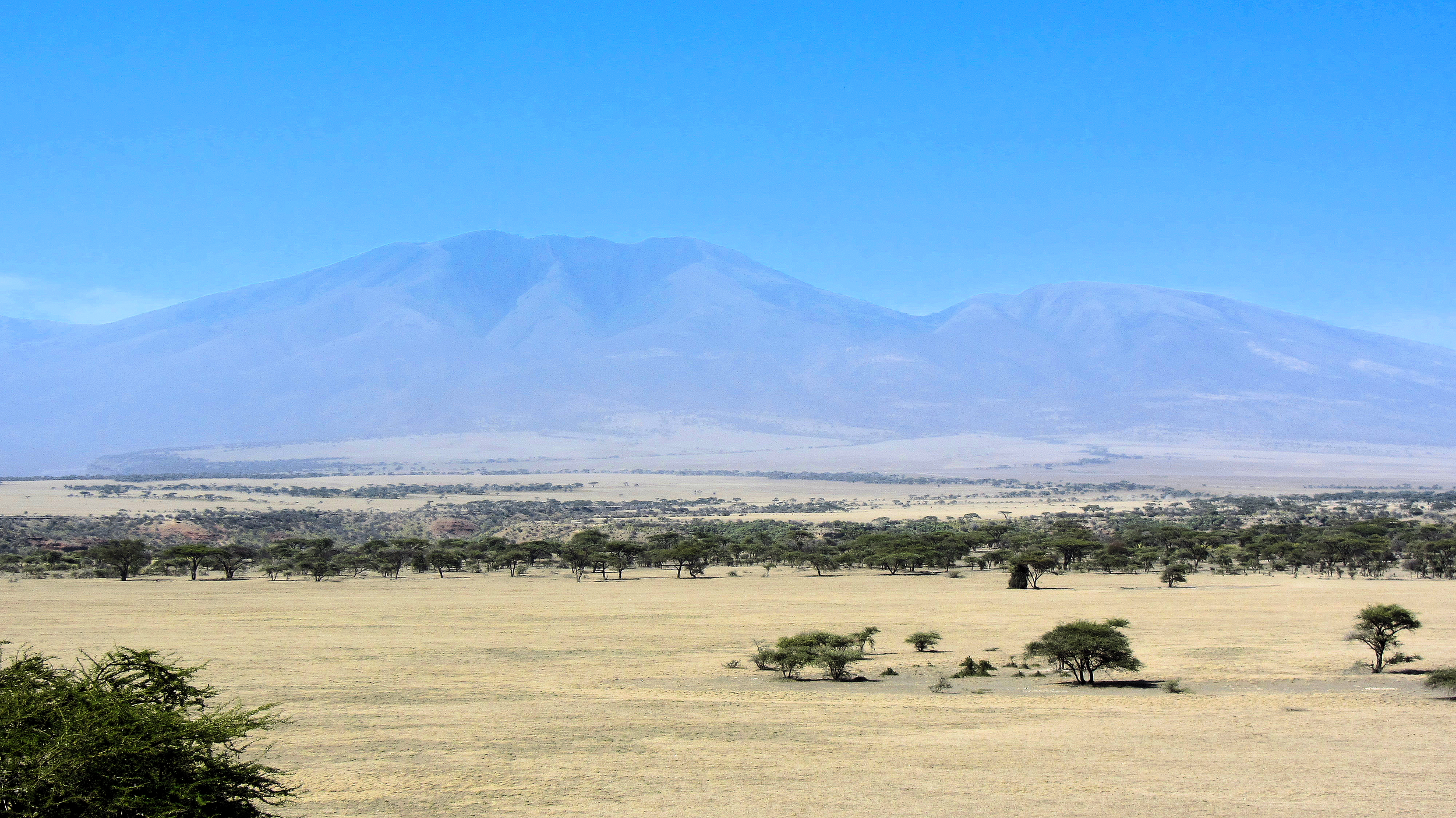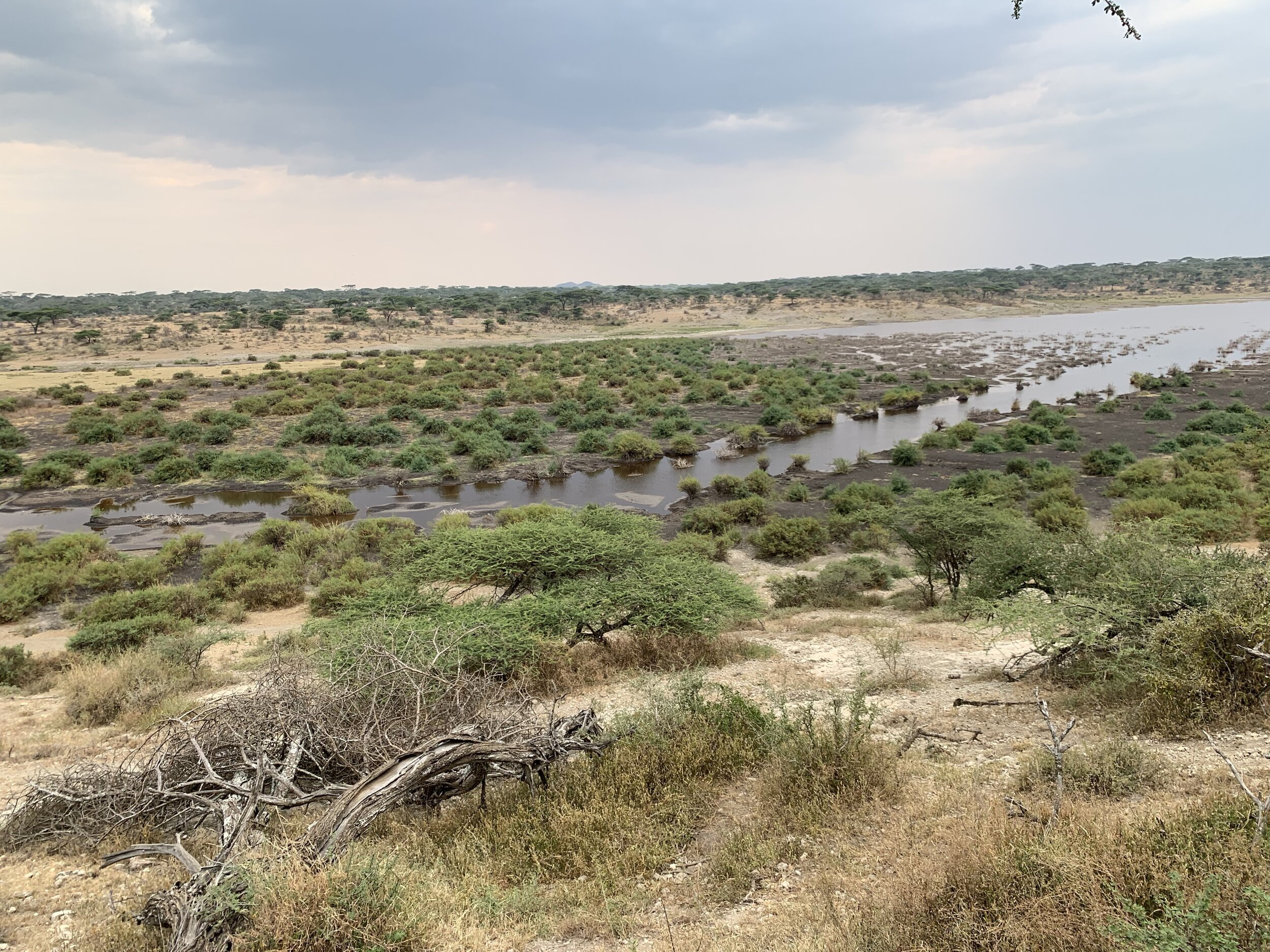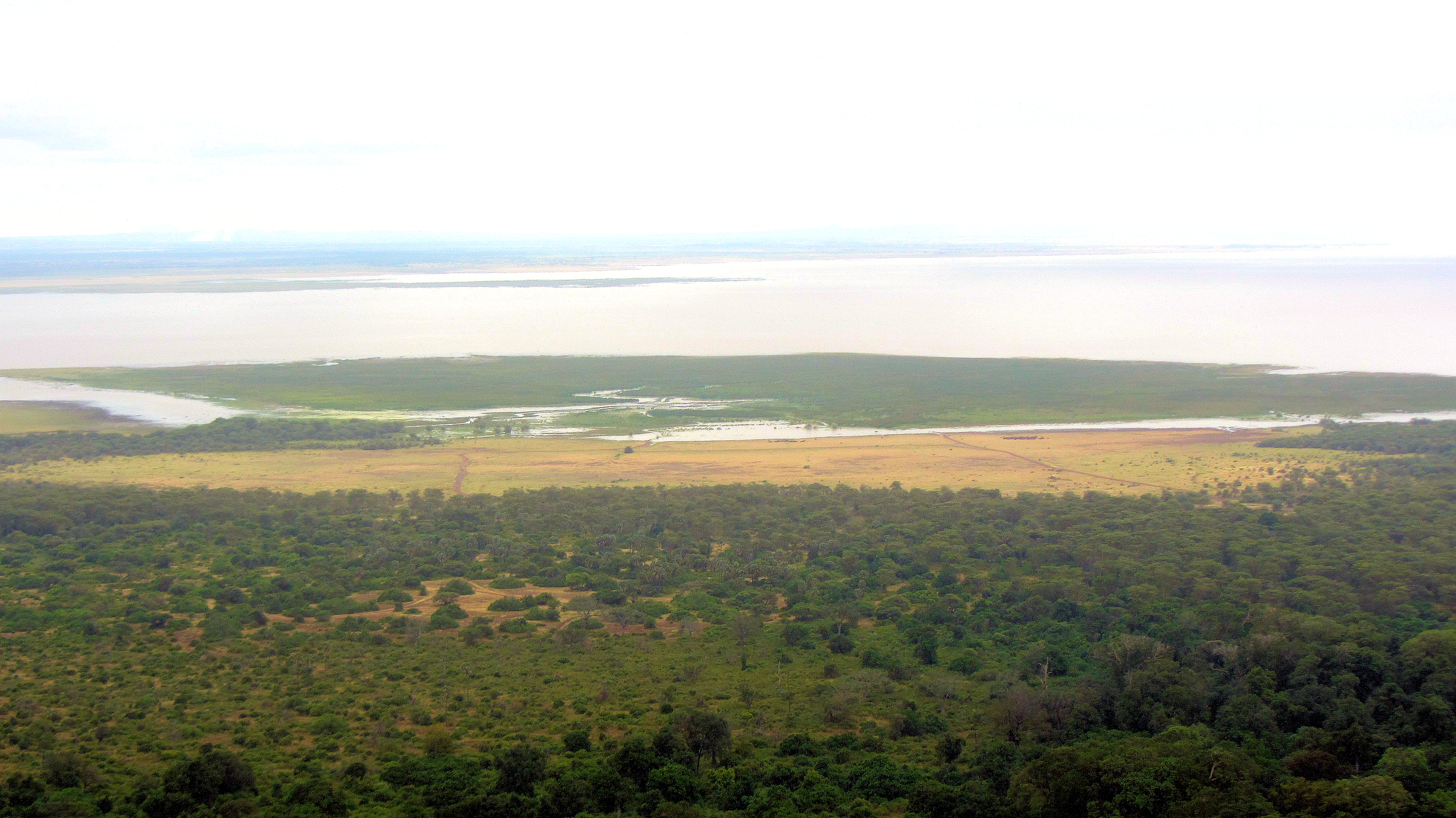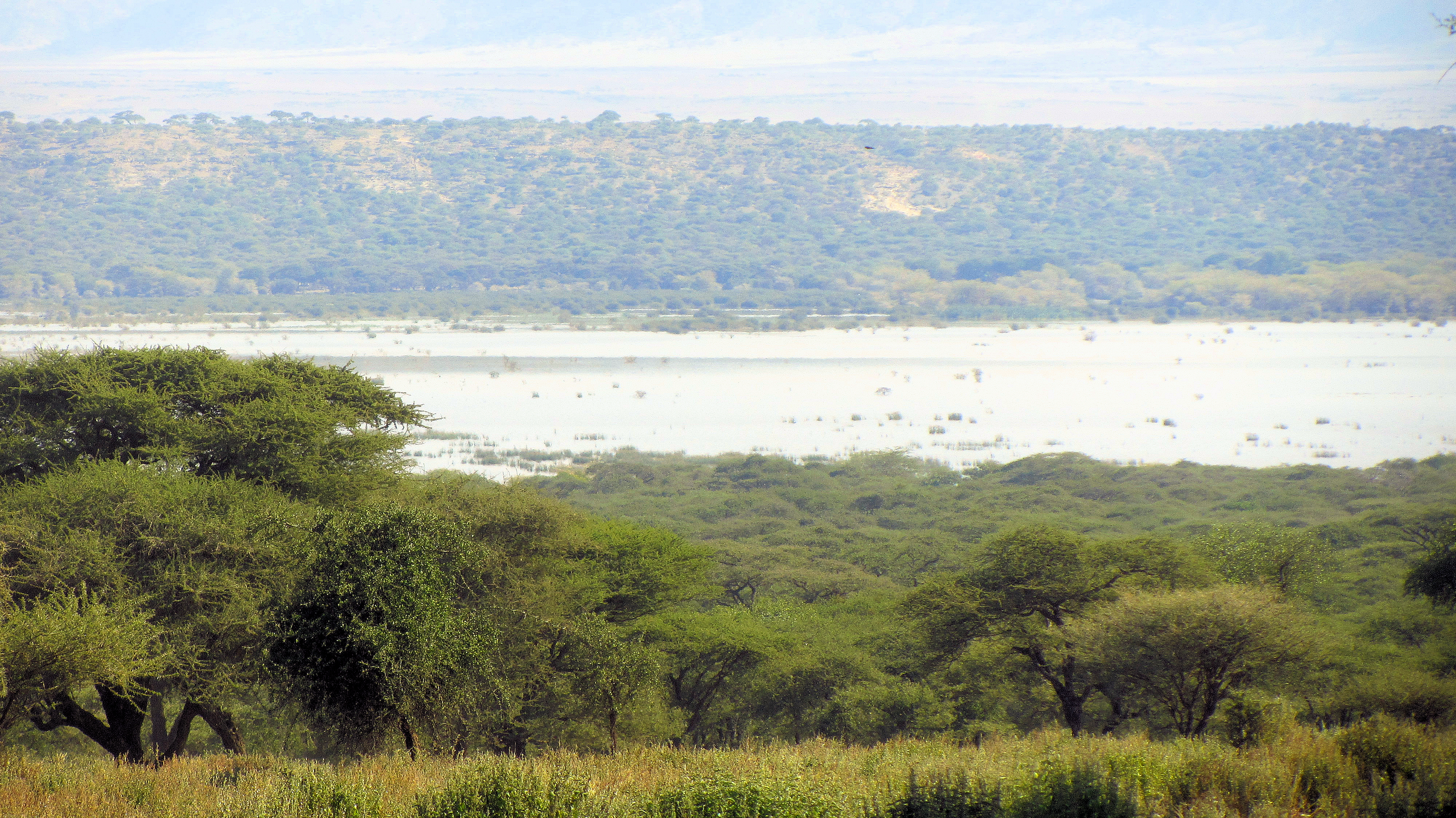ISOTOPE CALIBRATION STUDIES
To interpret plant wax proxies for archaeology and paleoanthropology, we need to understand wax preservation and distribution in modern ecosystems. Yet, modern ecological studies are often foregone due to the drive to produce archaeologically-significant isotope data. Thus, there is also a need to isotopically characterize modern environments that could act as correlates from Pleistocene habitats in African, Europe, and Asia. Many studies reconstructing paleoenvironments use percentage models for C3 vs. C4 dominated ecosystems, but very few have differentiated extant biomes with known proportions of C3 or C4 biomass as a modern referential for paleoecology. Similarly, as precipitation acts as a direct control on plant distribution, modern isotope values of rainfall can help to determine the effect of water availability on paleo-plant landscapes.
Robust, modern ecological baselines with which to interpret past biomarker isotope changes and their relationship to climate is essential for:
Archaeological studies seeking to determine human adaptations to environmental or climatic variability through the Late Quaternary
Ecological understanding of the evolution of certain biomes and faunal communities, specifically where many of our paleoanthropological sites are found
Determining the tempo of recent climatic, such as 21st Century temperature changes, in regions of interest to paleoanthropologists
My colleagues and I are conducting a modern baseline study using both compound specific and bulk carbon isotopes to look at how temperature variations linked to altitude and aspect produce sharp gradients of C4 to C3 vegetation across three topsoil transects between 1,800 and 3,500 m a.s.l in eastern Lesotho, southern Africa. For the most part, the bulk and compound specific data show similar patterns correlating with elevation change. However, bulk carbon values suggest a greater input of C4 plants in some locations, but it is possible that the bulk measurements are recording non-terrestrial plant carbon biosynthetic sources, such as bryophytes. These differences between the bulk and compound specific isotope measurements are just one example as to how modern isotope calibrations can help interpret our observations in paleo-archives.







